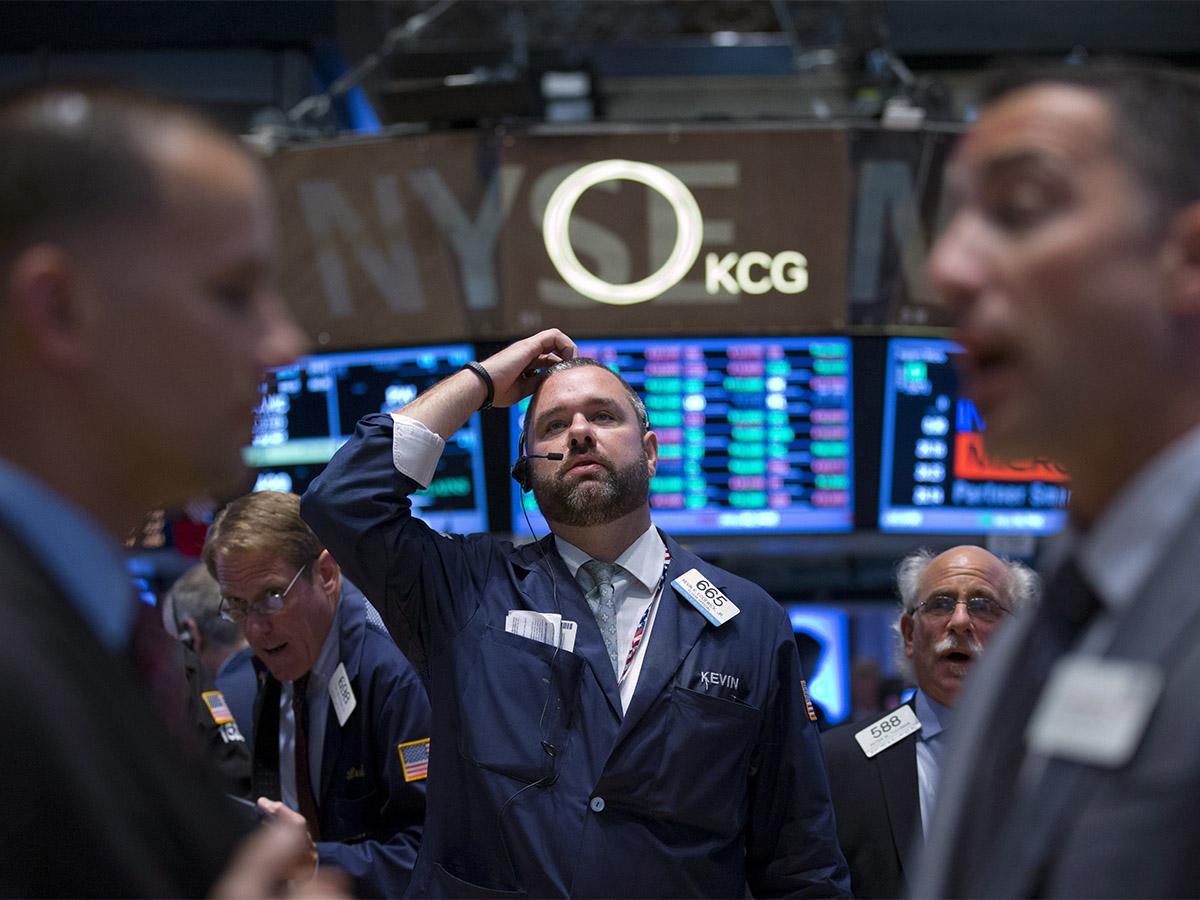The US air strike which killed Iranian General Qasem Soleimani in Baghdad on 3 January sent shockwaves through global markets as fears grew that the action could lead to war between the US and the Middle East.
The S&P 500 dropped 0.7% from $3,257 to $3,234 on the day – its worst day in a month. At the time US President Donald Trump was reported as saying the targeted strike on Soleimani was to prevent “imminent” attacks on US interests, although the administration’s reasons for the attack have fluctuated in the days since.
The Dow Jones Industrial Average closed 0.8% lower on 3 January, its biggest one-day loss since early December.
Markets remained nervous over the next few days as investors fretted over the Iranian leadership’s reaction to the death of Soleimani, and whether it could lead to a deeper armed conflict with the US.
“There’s a reason, finally, for caution in the stock market,” said Greg Valliere, chief US policy strategist at AGF Investments. “Eventually there will be an uneasy truce. But that’s a long, long way off; this will get worse before it gets better.”
“There’s a reason, finally, for caution in the stock market. Eventually there will be an uneasy truce. But that’s a long, long way off; this will get worse before it gets better” - chief US policy strategist at AGF Investments, Greg Valliere
Dryden Pence, chief investment officer at Pence Wealth Management described the events as a “game-changer”, but stressed that any market volatility would be “short-lived”.
LPL Financial senior market strategist Ryan Detrick used the same phrase. “No doubt worries over Iran have investors on edge,” he said. “Stocks could be volatile for a while, but the impact to stocks from geopolitical events historically has tended to be short-lived.”
Indeed, Detrick said the S&P 500 has declined 5% on average in 20 major geopolitical events dating back to the attack on Pearl Harbor in 1941. However, it recovered those losses on average in fewer than 50 calendar days.
5%
Average decline of S&P500 over 20 major geopolitical events since 1941
A swift recovery
These predictions appeared to be confirmed after Iran served up its response on 8 January with a missile attack on US bases in Iraq. According to the US, there were no casualties.
Trump’s subsequent statement that Iran was now “standing down” and that he would put in place further sanctions instead of another military response cheered investors and sent the S&P surging to a record high (at the time) of $3,274.
Before the start of 2020, there were widespread predictions that the S&P would continue its forward momentum from 2019. In the last quarter alone it rallied by 10%, boosted by hopes of an end to the US-China trade war.
JP Morgan analysts predicted that the S&P 500 would end 2020 at $3,400 with Credit Suisse tipping it to close at $3,425. Elsewhere, Invesco’s global markets strategist Brian Levitt forecast that it would end 2020 10–12% higher at around $3,600.
$3,400
JP Morgan analysts prediction of closing price of S&P 500 at the end of 2020
The main drivers for increased performance included sustained low-interest rates, an easing in trade battles and economic growth.
Upcoming political change
Those factors remain largely in place but there is much, other than geopolitics, that could pierce a hole in the S&P’s expected path to glory. This is a US presidential election year with the political rhetoric – heightened by an upcoming impeachment trial – expected to be particularly volatile no matter which Democrat stands against Trump.
Meanwhile, December’s ISM manufacturing index of 47.2 was the weakest in a decade and lower than the Dow Jones’ forecasts, raising fears about the health of the US economy and potential slide into recession.
“Recession in the second half of the year is a possibility worthy of discussion,” said Cantor global chief market strategist Peter Cecchini. “Markets are out of rhythm with the fundamentals. We see no inflection in global growth, and many risk-assets are now priced to near-perfection.”
“Markets are out of rhythm with the fundamentals. We see no inflection in global growth, and many risk-assets are now priced to near-perfection” - Cantor global chief market strategist Peter Cecchini
Cecchini is concerned about the dwindling effectiveness of monetary policy, unlikely imminent fiscal action in the US or Europe and low quality US job creation. Trading at current valuations is “simply ludicrous,” he added, setting his 2020 target at $2,880, an 11% drop from where the S&P stood on 8 January.
This added to existing concerns about stock market valuations and whether investors should temper their expectations for equity returns in the coming quarters.
Chris Matthews, writing in MarketWatch, stated that stocks are overvalued according to price-to-earnings ratios with the S&P 500, according to FactSet data, trading at 18.6 times forward earnings. That is above the average ratio of 16.7 during the past five years. However, this still didn’t stop the S&P 500 paying an aggregate of $485.5bn to shareholders in 2019, up 6.4% from 2018.
Howard Silverblatt, senior index analyst at Dow Jones Indices, said there is more to come with the S&P 500 “already having a 3.3% dividend increases built into 2020”.
Although Trump may seem confident that the threat of war with Iran has receded, the language of the Iranian leadership about continued action against US forces and the short-term impact such geopolitical events can have should be weighed into investor sentiment about the S&P’s prospects this year.
However, for investors seeking income in a low-interest rate world, the dividend increases noted by Silverblatt are likely to keep the market looking attractive no matter what the economy, Iran or Trump can throw at them.
Continue reading for FREE
- Includes free newsletter updates, unsubscribe anytime. Privacy policy





